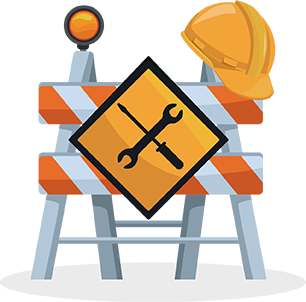

Page Is Under Construction
We Are Doing Our Best To Get This Page Up As Quickly As Possible.
Please Come Back In A Little While

Page Is Under Construction
We Are Doing Our Best To Get This Page Up As Quickly As Possible.
Please Come Back In A Little While